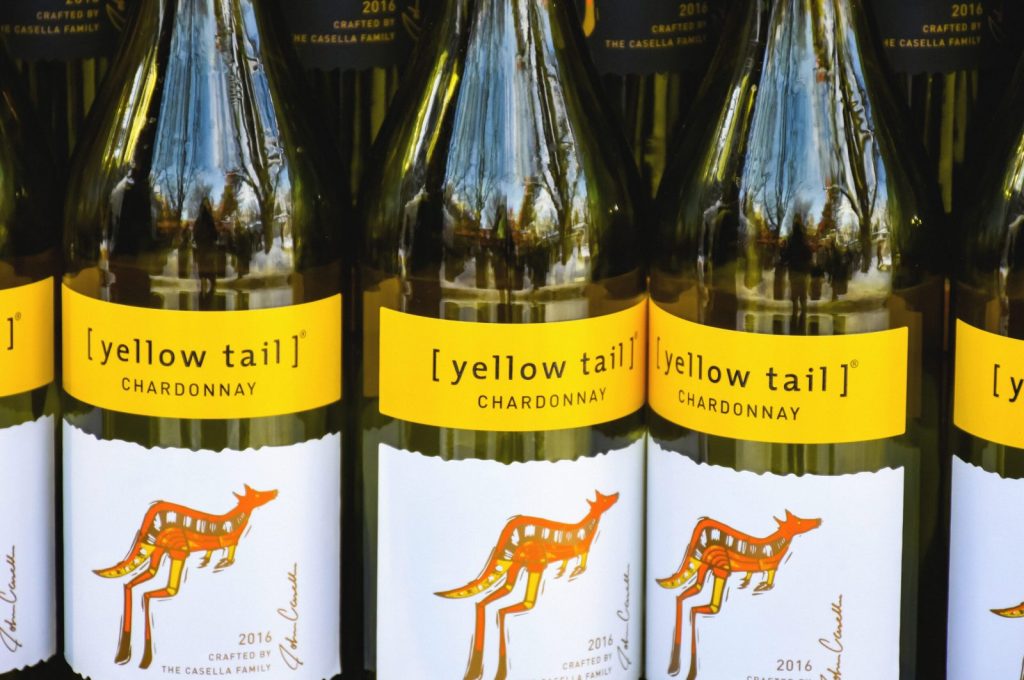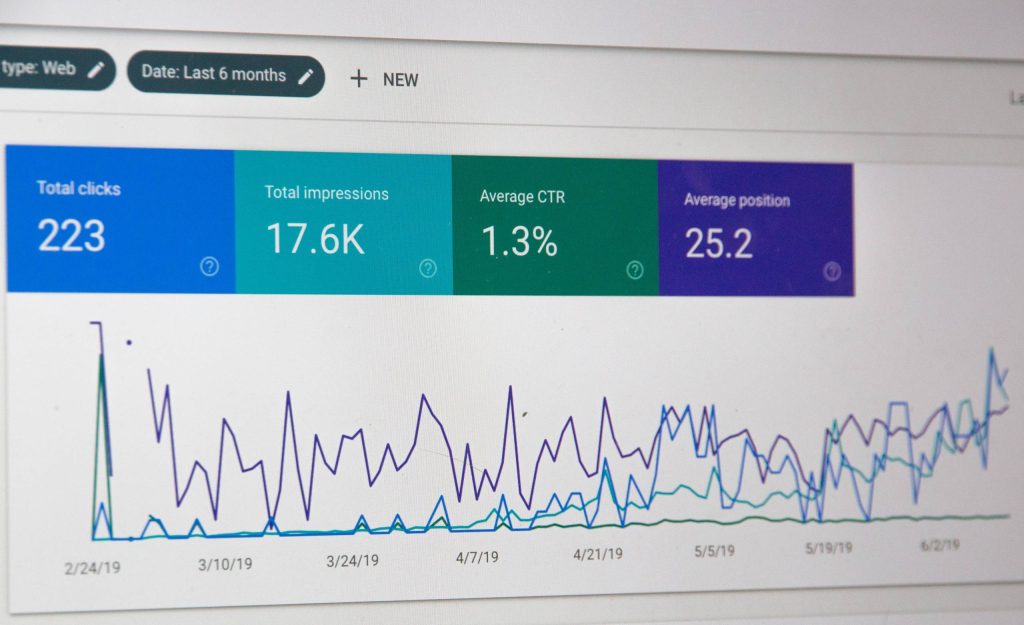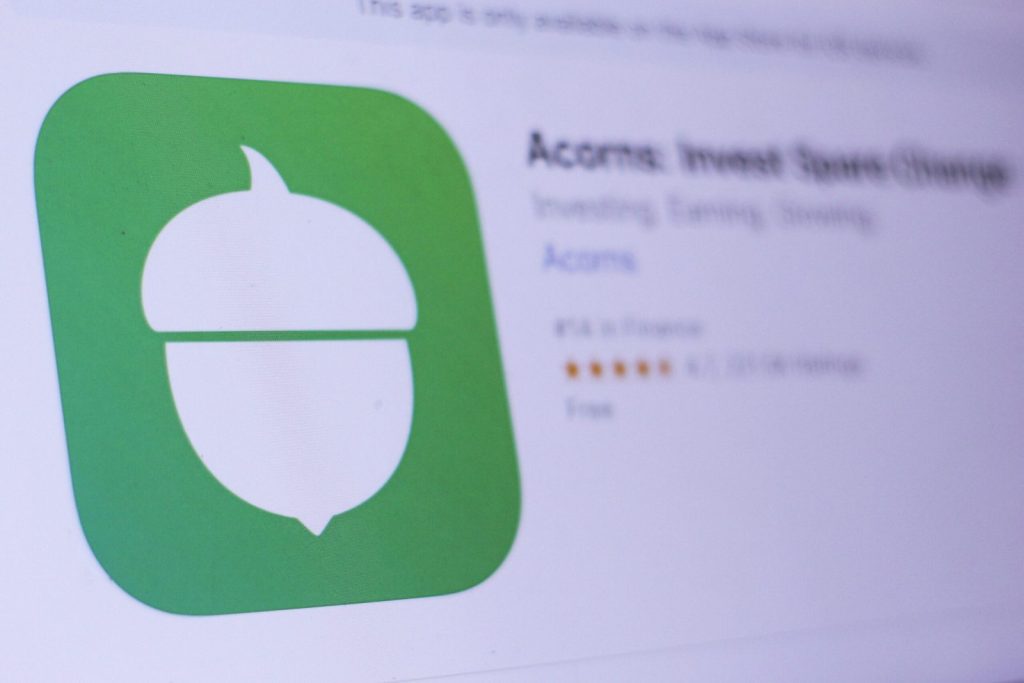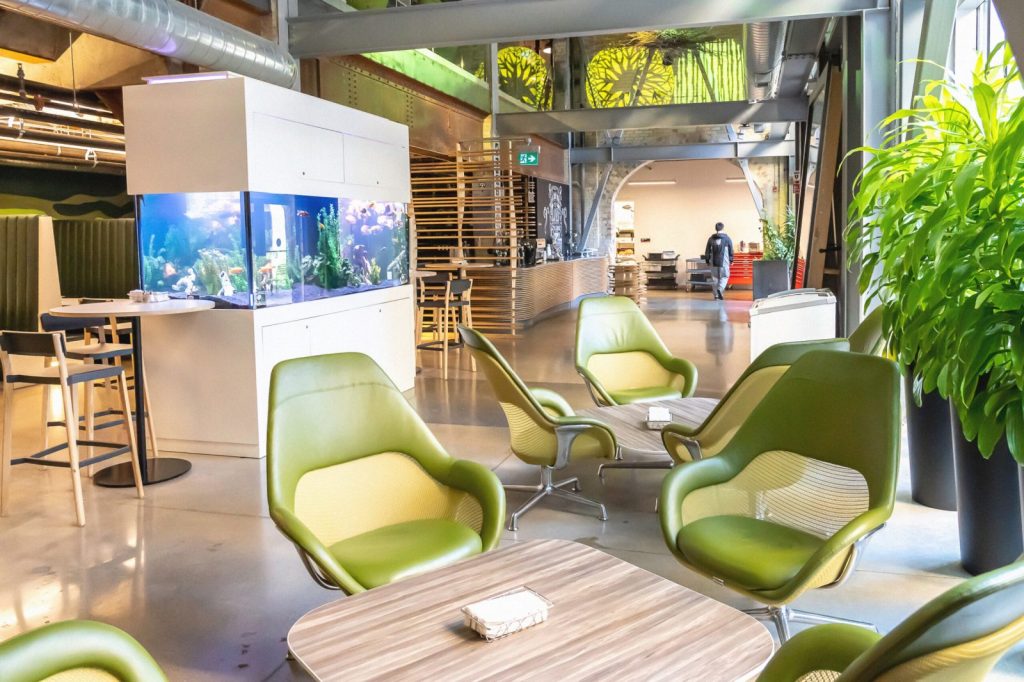What is Brand Positioning — And Why Every Company Needs It!
A brand positioning strategy will increase brand value by creating a positive impression of the company’s products in consumer’s minds. Brand positioning refers to creating a good impression of your company in the minds of consumers. Done right, people should automatically associate your brand with the benefits you offer. A brand strategy agency will help …
What is Brand Positioning — And Why Every Company Needs It! Read More »










